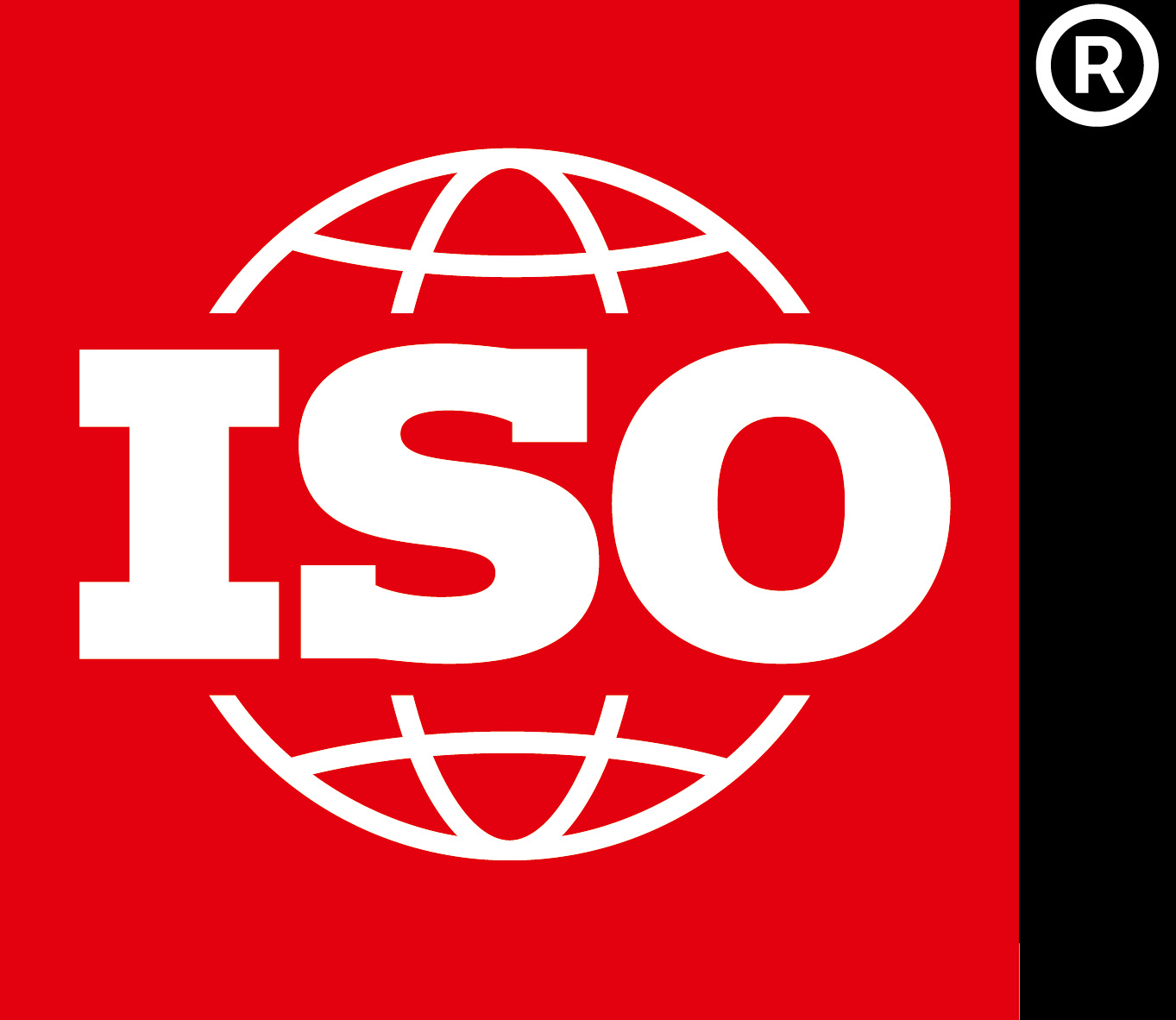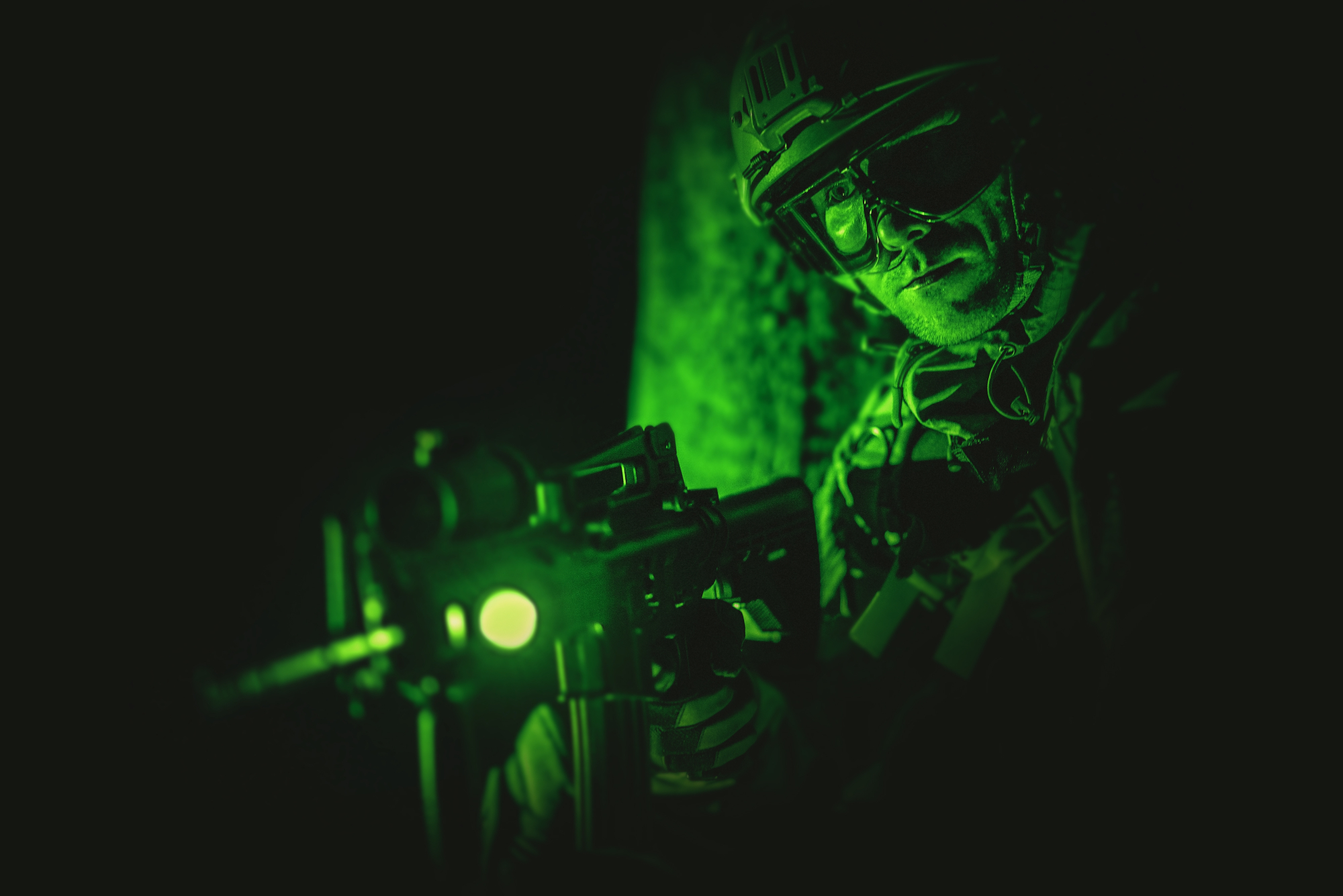Night vision devices are an essential staple of high-caliber military and law enforcement operations, as well as many civilian applications, such as hunting and surveillance. Additionally, these devices are often used to improve the quality of life for those with night blindness.
As manufacturers have sought to improve night vision technology, they have also developed goggles and other devices that are increasingly sturdy, secure, reliable, and with greater functionality than ever. But due to the function and precision inherent in such equipment, it is vital to maintain it carefully. Effective maintenance is key to ensuring a long lifespan and maximizing your NVD performance.
7 Tips for Maintaining Your Night Vision Devices
Here are seven ways to improve your night vision device use and maintenance.
1. Avoid Bright Sunlight and Artificial Lights
First and foremost, never expose your night vision equipment to direct sunlight or extremely bright artificial lights. NVD equipment is designed for low light conditions and relative darkness, and when overexposed to bright lights, such devices can experience burns on the lens. Such damage can permanently affect and hurt an NVD’s performance cosmetically.
While many devices have built-in automatic sensors that will shut them down when exposed to bright light, it’s still critical to note the level of natural light and ambient light when using your night vision device. Even headlights or a flashlight may affect your equipment. Be sure to avoid shining a flashlight or other high-intensity lighting device directly into your goggles.
2. Turn Off Your Equipment Between Uses
It’s crucial to turn off your NVD when you aren’t using it. Much like a computer screen, leaving your NVD on and focused on the same image for an extended period can cause a performance-damaging burn. This can happen even if you leave your device in a dark environment, such as a closet or dark room.
3. Clean the Unit and Lenses
Keeping your unit clean helps protect it from grime buildup and lost functionality. The lenses of your NVD are one of the most important parts of the equipment for producing a clear image. Keep them clean by using a non-abrasive cloth and carefully wiping them down on a regular basis.
4. Remove Batteries Between Uses
Batteries can often leak when they’re left in a terminal for too long. To avoid the damage caused by such a leak, it helps to remove them from your goggles or monoculars when not in use. The last thing any NVD enthusiast wants is to see good night vision equipment to be ruined by a little bit of potassium hydroxide. If you happen to forget to remove your NVD’s batteries, sending it in for repair as soon as possible can help avoid further damage.
5. Avoid Moisture and Humidity
It is important to avoid moisture and humidity when using an NVD, particularly when it is not made of or protected by waterproof material. To save yourself the trouble of humidity-related problems, search for goggles that have water resistance built in. Avoiding fog, in general, will also improve your night vision use and may help your eyes more effectively adjust to current conditions.
6. Maximize Your Eye Health
Another aspect of NVD use is eye health. A healthy diet with vitamin A-rich foods, dark green leafy vegetables, and other whole foods can prevent poor night vision. Get your eyes checked periodically and get professional medical advice and other tips if your eye muscles are sore or your eyes can’t fully adjust to different light levels. Dim light should also be avoided, and vitamin intake should be a priority.
Getting good rest, avoiding smoking, and adding more dairy products to your diet may help improve your sight, night vision, and dark adaptation. To enhance peripheral vision, you may try doing eye exercises for a few seconds at a time. These exercises can sometimes help slow cataract formation. For glaucoma, some recommend green light treatment or a similar method to help. If you suffer from night blindness, NVD might be a great option to achieve better vision at night.
However you tend to eye health, it’s essential to consult your physician to determine the best approach for your unique health and situation.
7. Refer to Your User Manual
Finally, don’t hesitate to refer to your NVD user manual. This is key to maximizing your use of night vision tech. User manuals can give you detailed information about the light-sensitive chemicals and other components of your devices. They can also save you a lot of trouble when it comes to troubleshooting and learning to adjust your equipment.
Buy Quality Night Vision Gear for the Best Results
For the best night vision application possible, don’t settle for subpar equipment. Find quality night vision goggles and other gear that will serve you well in your expeditions and operations. Contact Steele Industries to find out how we can help you get the best possible gear for your night vision needs.


